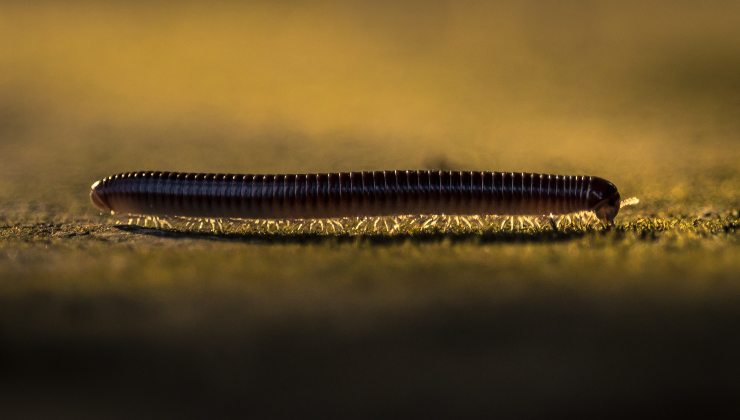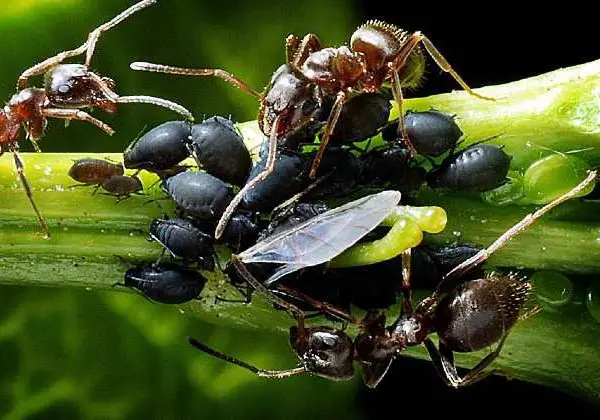It’s not unusual to find a millipede in your home, especially during the spring and summer months. These small, harmless creatures may seem fascinating to children, but for adults, they can be quite the unwelcome visitors. If you’re wondering where they come from and how to stop them from entering your house, here’s what you need to know.
Millipedes in the House: How to Prevent Them

Millipedes are easily recognizable by their many legs, which are attached to body segments that allow them to move fluidly. These dark-colored insects can have up to 750 legs, which is where they get their name from. While millipedes don’t pose any direct threat to humans or property, they do have a couple of unpleasant characteristics.
For one, millipedes leave behind a smelly trail as they move. They can also stain walls and spread bacteria, which affects your home’s hygiene. What attracts them the most are humid environments. So, even if you don’t have a garden, you may still find them in your home if there’s excess moisture present.
Preventing Millipedes: Tips for Homeowners
If you live in a greener environment or have a garden, millipedes are more likely to be drawn to your home. To keep them at bay:
- Water your garden early in the morning so the soil has a chance to dry during the day.
- Keep your grass well-groomed and, more importantly, dry, as millipedes thrive in humid conditions.
But even those without a garden can still encounter millipedes in their homes. How? These insects often find their way indoors through small cracks or openings in your walls.
How to Eliminate Millipedes from Your Home
Why do millipedes want to enter your home in the first place? These creatures are typically drawn by traces of humidity in places like cellars, bathrooms, or kitchens, where moisture tends to accumulate. In the warmer months, spring and summer, millipedes are most active, and their populations can grow out of control.

If you find millipedes in your home, it’s usually a sign that there’s an unnoticed source of moisture. To prevent them from entering, start by inspecting your home for possible entry points:
- Check that windows and doors close properly and have no cracks.
- Look for holes in tile joints or plaster, as these can serve as hidden entryways.
- Ensure thorough house cleaning, particularly in areas with higher humidity levels. This will help you find any nests or hidden spots.
Using vinegar diluted with water as a cleaning agent can also help deter millipedes, as they dislike the strong smell. If you find yourself dealing with a significant infestation, it’s best to seek professional help for disinfestation.
Conclusion
Millipedes may be small and harmless, but they’re not something most homeowners want wandering around their spaces. By addressing humidity sources and sealing off potential entry points, you can prevent these creatures from invading your home. If you do find millipedes inside, don’t hesitate to clean thoroughly and use natural repellents like vinegar to keep them away.



